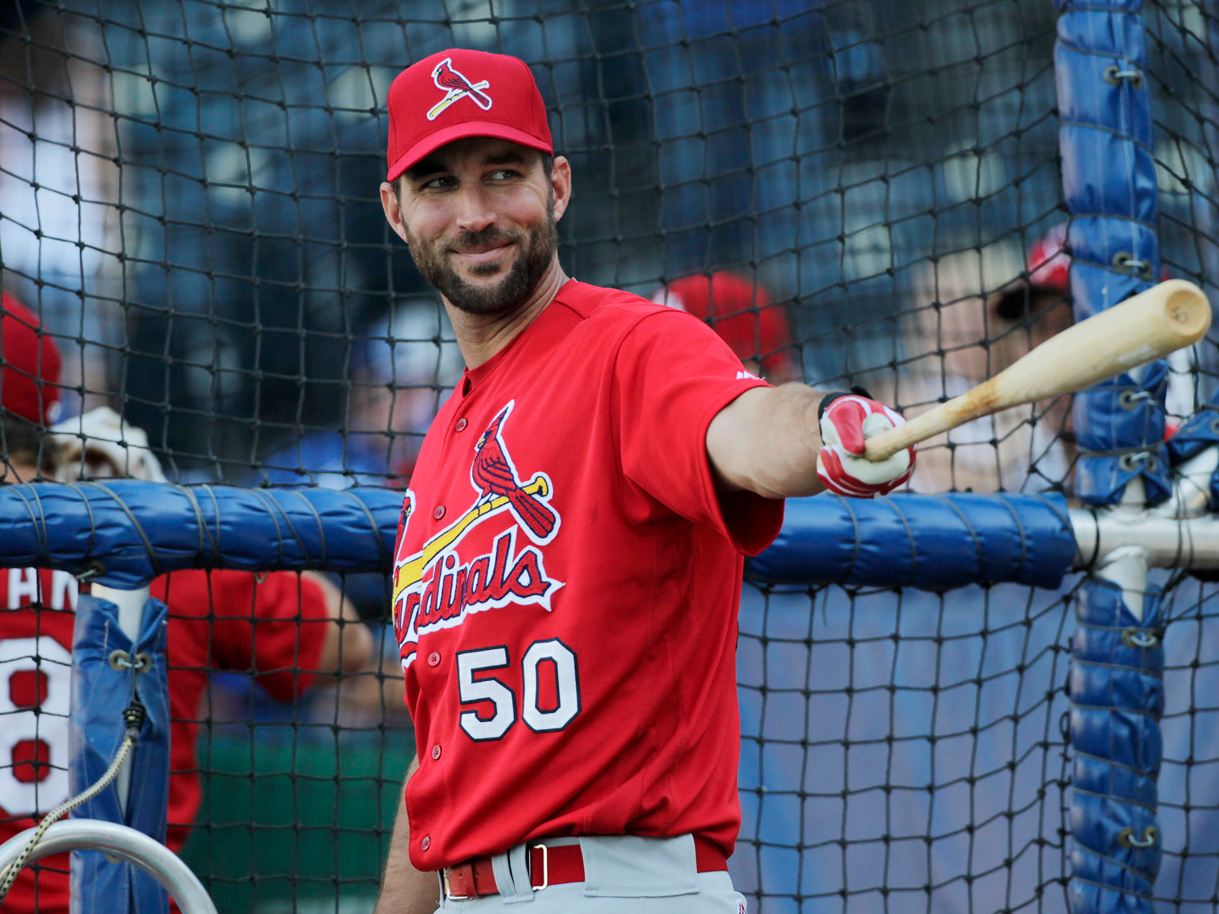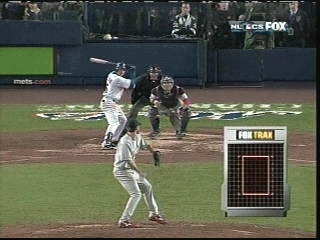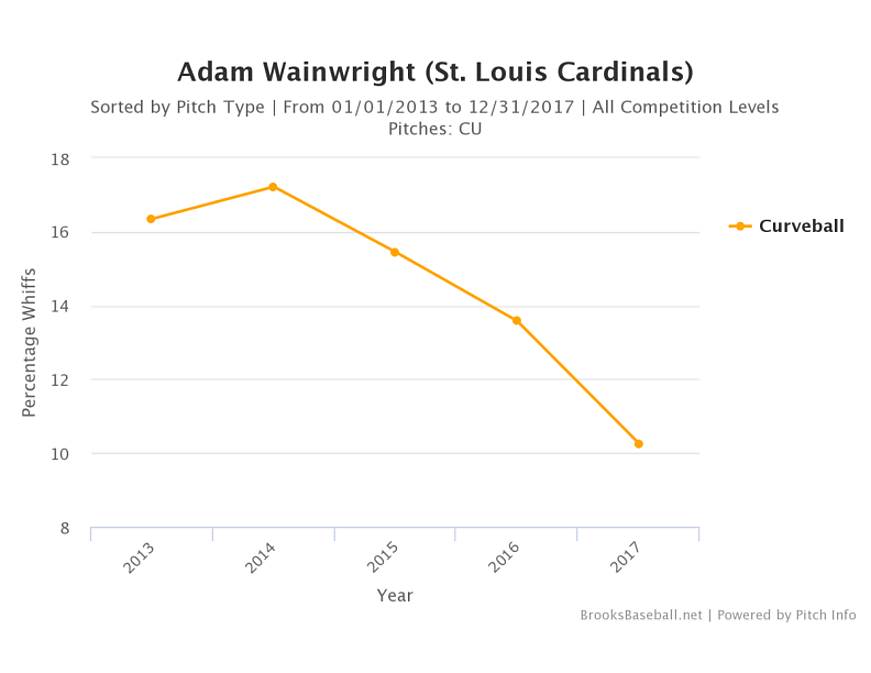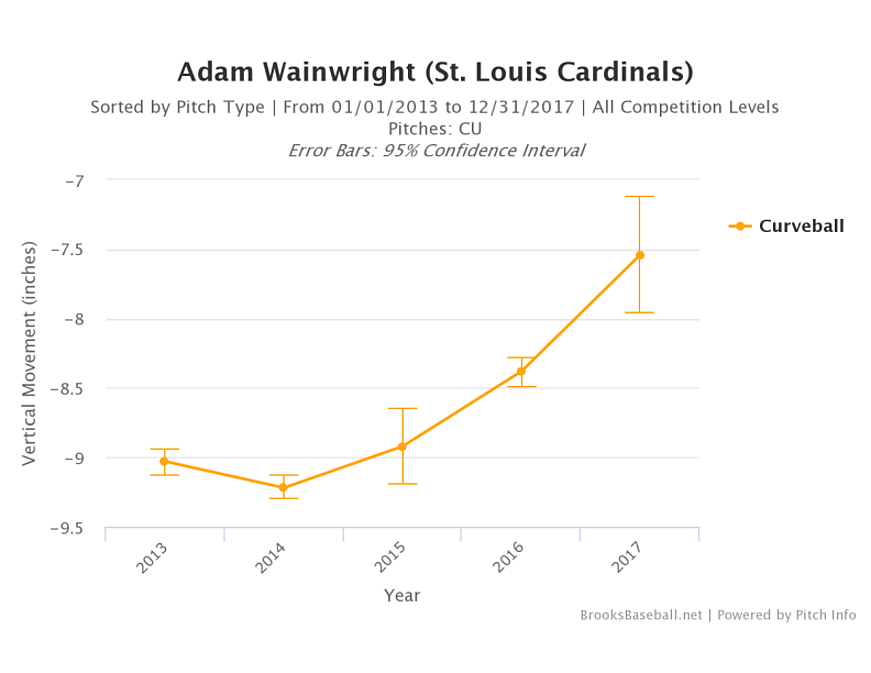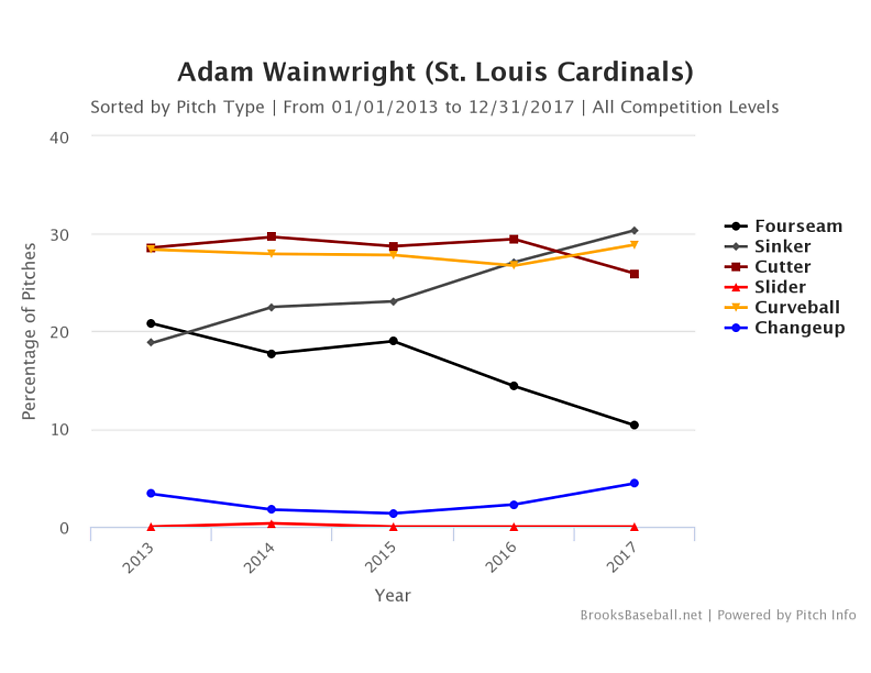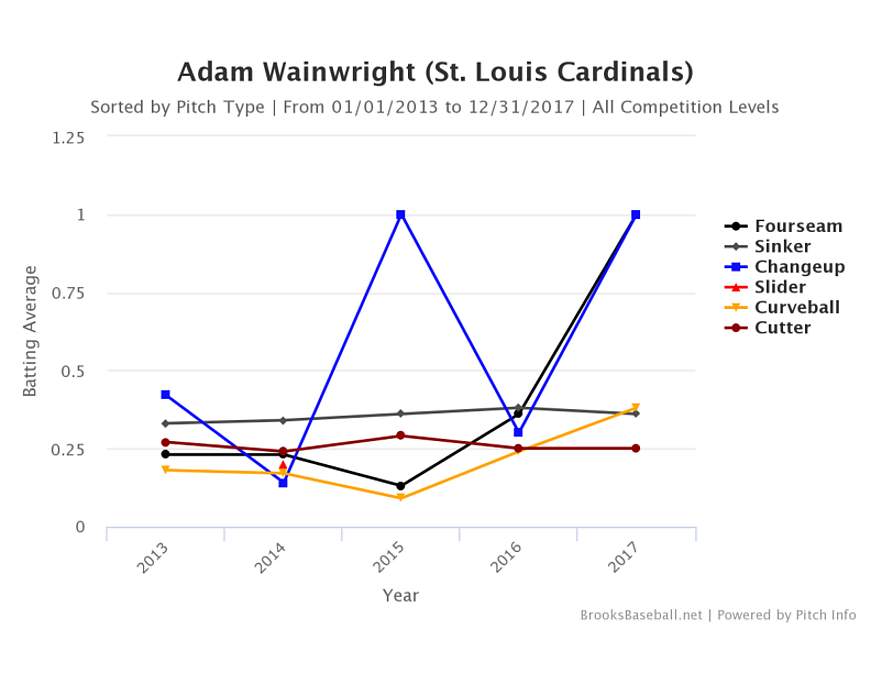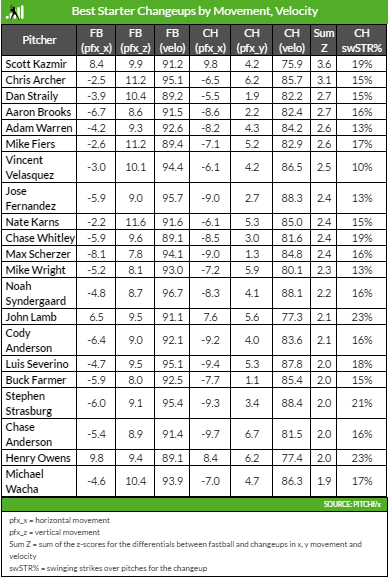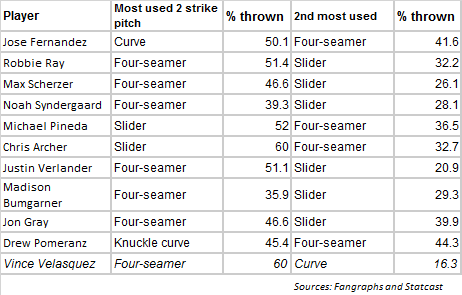Beerrios! That’s a way better title, but we’ll stick with the original. So I’m spending my Saturday brewing a batch of beer and dealing with some pitchFx data. If everything goes well, you’re going to get some baseball info and some brewing highlights. But also Happy Opening Week! It’s the greatest time of the year.
All right, let’s deal with some baseball first. Jose Berrios had a pretty brutal 2016 with the big club — all in all, he started 14 games and rattled off a 3-7 record with an 8.02 ERA, an ugly 1.87 WHIP, and a not-top-of-the-rotation strikeout rate of 7.6 K/9. His FIP and xFIP were better but still not great at 6.20 & 5.64. His BABIP certainly didn’t help his numbers, sitting at 0.344, but that alone can’t explain how truly atrocious his numbers looked in his first taste of the big leagues. I’m going to use the pitchRx package to look at pitching data from 2016 and see if we can figure out what went wrong and how we can fix it.
All right, now on to the beer portion. Today I’m making my Deep Lake Dark Lager. Behind every great beer there is a great story. This story begins when I worked out at a remote research camp and fridge space was not reserved for amateur beer-making. A key process in lagering a beer is fermenting the beer at low temperatures, which is why I mentioned the fridge space. We got around lagering our beer in the fridge by putting the fermenting beer into a keg and dropping the keg into a lake to about 15 meters deep (~49 feet). At this depth the temperature was steady at about 5°C (41°F). A little tip for any newcomers to the brewing community: Your beer needs to maintain command, something Berrios couldn’t do. Zing!
If anyone wants to take a quick look at some gifs of Berrios’ sick curveball (and other pitches), check them out here: http://www.pitcherlist.com/Jose-Berrios/
I tried to find a comp for Berrios related to pitch velocity, and if we ignore his slider, Jacob deGrom comes out looking like a pretty good match. Here are how their pitch velocities line up using 2016 pitchFx data. I know it’s not a good idea to exclude one of deGrom’s best pitches, but I’m more interested in consistency between starts.
Velocity Comparison – Berrios vs DeGrom
| Jacob DeGrom |
93.4 |
93.3 |
80.4 |
85.5 |
| Jose Berrios |
93.4 |
93.2 |
81 |
84.7 |
Just eye-balling, they look pretty good. Let’s take a look at pitch velocity by start.

Just looking by eye, it’s hard to tell if you could consider one guy more consistent than the other. But obviously we might be able to give deGrom the benefit of the doubt here, since he was pitching with scar tissue or bone spurs in his elbow. Either way, he was pitching in discomfort. There is one thing that catches my attention, though — it’s those last 11 starts by Berrios, and you can see his change-up velocities start to sneak up from ~83.5 to 86 MPH. The unfortunate thing is that there is no concurrent increase in four-seam (FF) or two-seam (FT) velocity. Near the end of the season Berrios was trying to complement his fastballs with a change-up that had a really poor velocity difference. Let’s check that out in a bit more detail.

Okay, you give that plot a bit more thought. My timer just went off and I’ve got to go sparge the grains. I converted a five-gallon water cooler into a mash tun for steeping my brews, which works awesome, because it’s insulated so it holds the heat really well. The aspect I really love about this beer is that is has a really light lager taste, but it has a nice dark colour, which makes it a great spring beer. And to get this effect in your beer is really simple. For the 45 minutes where you are steeping your grains, only add the light grains, then just before you sparge, throw on your dark grains (in my case carafa III). That way, as you sparge you get the colour from the dark grains and none of the taste. Yaaaay beer. Everything is all sparged and now I’ve got to bring the wort to a nice rolling boil.
All righty, let’s discuss that velocity difference. I’d say there is a similar trend from his early-season call-up and his late-season starts as well. He starts out with a pretty decent velocity difference, but with each start that difference gets smaller and smaller. Especially in the second half of the season — he started out with a fantastic velocity difference. That combination should have led to some really effective pitches, but as we move into September and October those pitches are starting to look more and more similar and their effectiveness all but disappears.
Back to brewing — boiling achieved! I’ve got to let the liquid boil down for a couple hours, so through the magic of the internet, let’s fast-foward to the next step. And what a fantastic surprise, the battery in my scale is dead and of course it’s some weird specialized kind that I don’t have on hand. Well luckily I wrote the weight on the bags when I packed the hops last fall so I’m going to eyeball it and hop(e) for the best. At least now I can honestly say I can never reproduce this batch, but that’s part of the fun. So I figure I added about an ounce of hops; we’ll really never know. I’ve got to let that boil for another 40 minutes then add the flavour hops and some irish moss.
I think we can agree that this was not a season marked by consistency for Jose Berrios. But I was curious as to how his release point affected the velocity of each pitch. For all of the data presented here, I used the pitchRx package to download and store the 2016 pitchFx data. In the pitchFx data, you can pull out the release point for each pitch recorded throughout the season. Using this data, I created a general additive model using the bam() function for the R peeps out there, and within the bam function I modeled pitch velocity and pitch break separately using a Gamma link. I like to use the Gamma link because, in a not very sciencey description, it’s very flexible and fits a wide range on models. So first, a couple of notes; 1) There are two plots coming up; the first predicts pitch velocity and the second predicts pitch break length (movement). 2) Pay attention to the prediction window, the coloured box, for each pitch. And 3) These models were only run on Berrios.

And pitch break (break_length):
You can tell that velocity and break length change with different release points. I mean, there is a pretty complicated relationship with how his release point affected both the pitch break and the velocity, and I’m not really sure what the sweet spot actually is. His change-up velocity plot has a really nice faded red area sort of right in the middle of the prediction grid. This area represents roughly an 84.5 MPH change-up which would complement his 93 MPH fastball quite nicely, but unfortunately his arm slot seems to be drifting along an axis which we will get to in a second. Did you happen to notice how the coloured boxes moved slightly among pitches?
So remember how Berrios was apparently tipping his pitches this past year? Well, if not, check this out. So the way he was delivering the ball basically gave the batters a full view of what was coming. I mean, I know I don’t possess the ability to spot small things in deliveries and assess pitches. I watched gifs of Berrios throwing all of his pitches over and over many times and I can’t pick anything up. But I am sure that there are players out there who can pick up those minor details. So I’m thinking there may be more to this than just how he started his wind-up, and where he was releasing the ball was also giving batters a clue as to what was coming. Check out this plot showing how Berrios and deGrom released their pitches.

So you’re probably wondering what’s going on there. Each ellipsoid represents a different pitch, curveballs in blue, 2-seamers in orange or orange-red etc. Each ellipsoid contains 95% of the pitches thrown for each pitch type. Generally deGrom releases the ball about a foot over in comparison to Berrios, but that’s not what it important. What’s important is how each pitcher’s change-up overlaps with their respective fastballs. deGrom has remarkable consistency to throw both types of fastballs and his change-up, and the ellipsoids are basically completely overlapping. Right away we can see that something is going on with how Berrios is releasing his change-up. It only overlaps with about half of his fastball release points, but his arm angle also seems to be drifting, and you can see the ellipsoid is stretched one direction. So I’m guessing he’s not only tipping his pitches in his wind-up, but there is also some release-point trouble happening here that no doubt some hitters are able to pick up on.
Final update on the beer: I added in the flavour hops and irish with about five minutes left and took everything off the heat. Luckily, it’s still a bit cold here so I left the beer outside to cool for a couple hours to get it down to room temperature so I could pitch the yeast. And fast-forward a couple of days…I let the yeast start the fermentation process at room temperature for a couple of days, then moved it into a fridge. I’ll leave it there for about three weeks, transfer the beer to a keg, and then it’s basically ready to drink!
Thanks for sticking it out to the end; I hope you enjoyed “Beerrios.” This ended up having a lot more deGrom in it than initially planned, but I think it was a good comparison to include. I think we were able to successfully identify a couple serious flaws from Jose Berrios’ debut season, and hopefully he’ll be able to shake that off, work on fixing his mechanics, and take another shot at the majors in 2017. I have a feeling we are going to see him mid-April or early May, and I really hope we get to see what he can do over an entire season. If he can transfer just a fraction of his minor-league success to the majors, we will get to see a pretty dynamic young pitcher, and the Twins have been waiting a long time to get a pitcher of this caliber back into their rotation.
![2-Judge[A-SwingingStrikes]](https://baseballsi.files.wordpress.com/2017/04/2-judgea-swingingstrikes.png?w=470)
![2-Judge[B-100MPH]](https://baseballsi.files.wordpress.com/2017/04/2-judgeb-100mph.png?w=470)
![2-Judge[B-99MPH]](https://baseballsi.files.wordpress.com/2017/04/2-judgeb-99mph1.png?w=470)
![2-Judge[C-WhiffRateX]](https://baseballsi.files.wordpress.com/2017/04/2-judgec-whiffratex.png?w=477)
![2-Judge[E-AheadInCount]-FanGraphs](https://baseballsi.files.wordpress.com/2017/04/2-judgee-aheadincount-fangraphs.png?w=468)
![2-Judge[D-17Offspeed]](https://baseballsi.files.wordpress.com/2017/04/2-judged-17offspeed.png?w=470)
